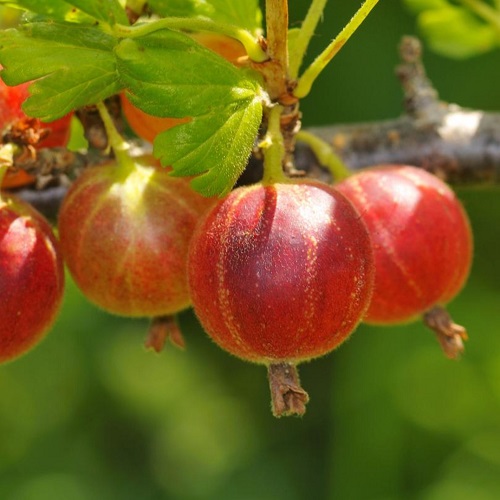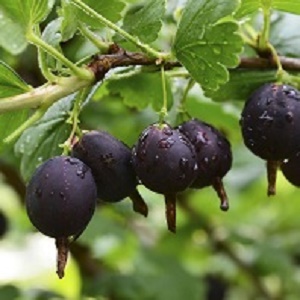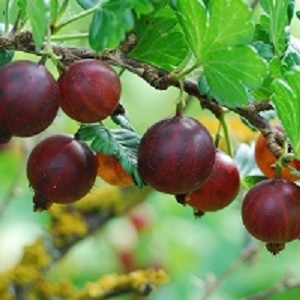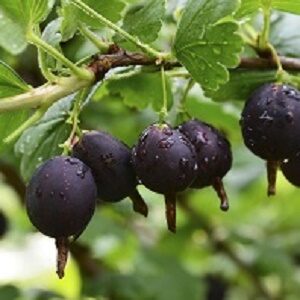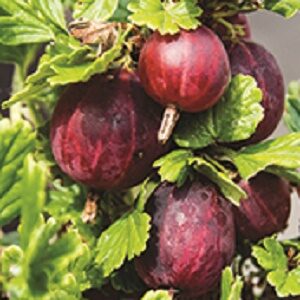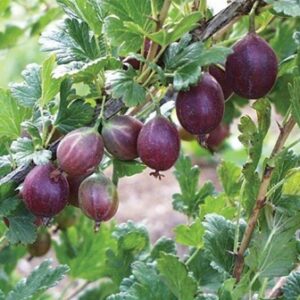Red Gooseberry : CAPTIVATOR
$25.95
Captivator is actually Canadian, coming out of an Ottawa research program back in 1935. Some of us would say it is still as good a gooseberry as any, especially for fresh eating. When fully ripe, this European/American cross bears large, deep pink berries that are very sweet. The hardy, mildew resistant bush is almost thorn-free for painless picking.
SELF-FERTILE | ZONE 3 | HARVEST: LATE JULY
Other products in this zone
Growing Tips
Are the leaves disappearing on your currant or gooseberry bush in early summer? Most likely the currant sawfly larvae are at work. The British have a simple prevention that works surprisingly well. Spread a thin layer of wood ashes around the base of the shrub. Some local gardeners use straw and claim it works better yet.
Try Lee Reich's simple recipe for powdery mildew control in grapes or gooseberries. Spray plants with the following:
4 litres (1 gallon) of water
1 tablespoon sodium bicarbonate (baking soda)
1 tablespoon canola oil
Repeated applications may be needed, especially in rainy weather.
